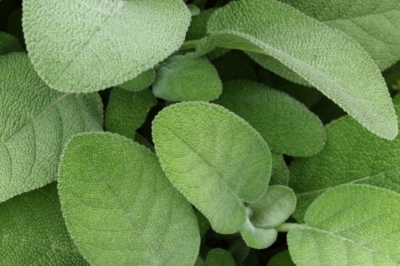Sage has a reputation for being extremely modest in terms of care. This is all the more true, the better the condition of the soil meets the requirements of the evergreen half-shrub. The following overview provides all the important details.

These properties characterize good sage soil
To understand the demands on the soil, a look at the natural distribution area of real sage gives more detailed information. The popular herb plant is native to the sun-drenched regions of the Mediterranean. Here it thrives on calcareous, moderately dry sandy soils up to an altitude of 900 meters. From this, valuable conclusions can be drawn for the herb garden:
- A mixture of loam, clay, sand and humus is ideal.
- A fine crumbly soil, loose and airy
- Far and wide no stagnant moisture in sight
- Preferably with a moderate lime content
Thus, sage feels particularly at home in a rock garden or gravel bed, as long as a minimum amount of humus is present. Thanks to its decorative ornamental value, the evergreen half-shrub is also a flowering perennial for planting on a south-facing slope or a sunny embankment.
Tips for improving the soil
If the soil at the chosen location does not come close enough to the ideal condition, optimization by means of aggregates can be considered. First check the actual condition. If a handful of soil cannot be shaped but falls apart, it is sandy soil. Clay soil, on the other hand, holds together as a ball. Clay soil takes on a shiny sheen due to friction.
- Work sifted compost into soil that is too sandy when ripe
- Dig up heavy soil already in the previous year before the first frost
- Ice crystals will break up compaction as frost sets in.
- Sow a deep-rooted green manure, such as lupines, in the spring.
- In May, mow the green manure and bury it as mulch (13,00€ at Amazon*)
- Additionally add sand or fine-grained gravel
- Natural additions, such as primary rock flour, algae lime or AZ vital lime from the specialist trade, ensure the desired lime content.
Tips & Tricks
Don’t spend too long guessing about the lime content of the soil in your sage bed. With the help of an uncomplicated test set from the hardware store, you can determine the specific value. Based on a color reaction, a test strip signals what you are dealing with. For sage, a pH value of 7 to 8 is considered excellent.

